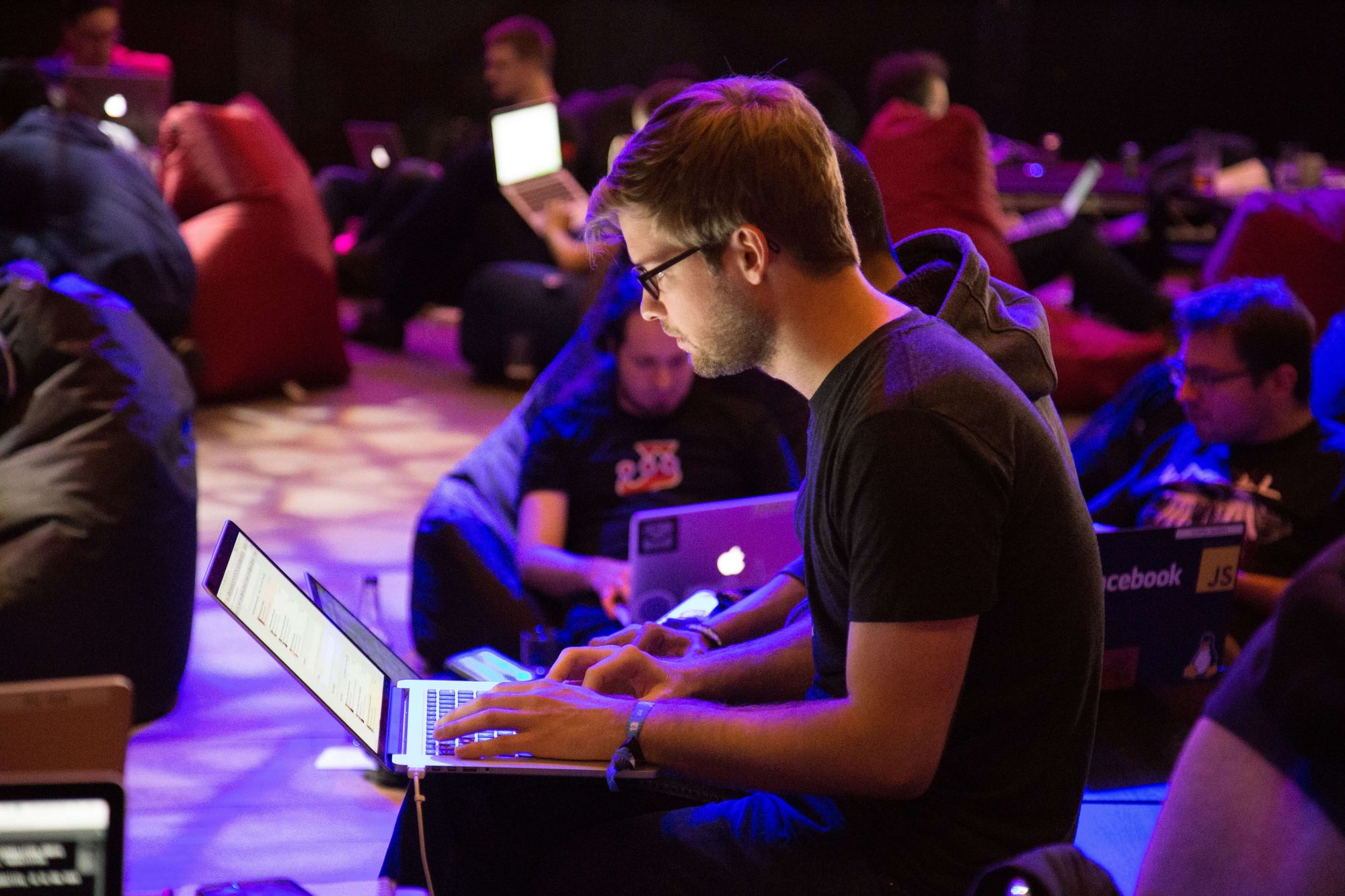Originally published here.
You've got something awesome that game developers should want. But how do you get them engaged, let alone build a strong developer community along the lines of Unity or Niantic?
When you’re looking to build a community of developers around a specific technology, brand, interest, or otherwise, what you’re really doing is sparking a living, social ecosystem. There’s no magic website, technology, or dollar amount that’ll get you there. In many ways, the more you try to completely automate community growth from the start, the further you’ll get from achieving your goal.
In my 8 year journey turning a local NYC meetup into a global network of developers for Playcrafting, I’ve seen what works and what doesn’t work for community-building through a whole lot of trial and error.
Here are 5 strategies I’ve learned along the way that can get you going.

1. Build trust through repetition
Developer communities are built on trust. To build trust with developers, support them and engage with them where they are on a regular basis. For me, this began with a monthly Demo Night for developers to showcase their games to their peers across multiple years.
Everyone loves a good event, virtual or otherwise. Start small. You could do weekly office hours, monthly talks, virtual playtesting, or something else entirely. Pick one activity to start. Once you have proven engagement around your regular activity, you can layer in more. But start small and start simple.
When developers see you showing up regularly to provide support or a platform for learning and connection without asking for anything in return, trust will build.
2. Treat developers like people, not a commodity
Even though game and app developers work in highly technical fields, they still want to be treated like people. Developers are among the smartest people in the world. They can sense a cheap cash-in or just-for-show kind of support from a mile away.
Engage with your developers. Get to know them. Build those relationships on a more personal level. This personal touch can be scaled and moderated through helpful online community tools like Discord or any variety of email services.
Developers - like everyone else - respond to people more than they do brands. Hear them out. Listen to them. Meet them where they’re at. See what their bottlenecks are and how you and your product may help them without creating extra burden. This can be a challenge in the beginning as it’s all about relationship-building.
Consider this personal approach as the spark with technological tools as the fan to help it catch fire.

3. Create safe spaces for connection between developers
We’re living in an age where the ethical treatment of developers is at the forefront of the world of games and technology. A thoughtful code of conduct that evolves with and is informed by your community is the best place to start.
There’s no perfect science here. Developer communities are like living, constantly-changing organisms. Make sure you have clear channels for developers to voice their concerns and suggestions. If a conflict arises, communicate how you’re handling it and how it will inform community policies moving forward. This is true for both in-person and online activities.
With a framework in place, developers will feel more comfortable opening up and connecting with one another independently. This is the best sign of a strong community. I light up the most when I’ve been told about games that have been made, people who have been hired, and specific technical hurdles that have been overcome that we didn’t even know about.
Organic connection like this is only possible with a clearly-enforced code of conduct and activities that allow developers to show their work and learnings with one another, seek advice, and socialize.
In my work, events and educational content have been a winning formula. Whatever activities you pursue, just make sure there’s a balance between guided content and open opportunities for connection.
4. Collect and integrate feedback regularly
A community is only as strong as the sentiment of its members. Make sure you’re collecting formal and anecdotal feedback for everything you’re doing with and for your community. Their voices need to be heard in shaping your approach.
While a 100% democratized setup may not be sustainable, community member input must be heard and integrated wherever possible. I’ve found that a healthy combination of feedback forms for all activities as well as regular community surveys (both one-on-one and broad-facing) really do the trick.
Find out who they are in their own words, what projects they’re working on, where their challenges are, what their thoughts are on industry trends, and collect input on what you’re doing to support and amplify them.
It’s not enough to just collect this information, though. Tell your community what you’ve heard! Let them know what actions you’re taking based on their feedback.
5. Make evangelists of your community members
The best advocates and evangelists for developers are other developers. I’ve worked with many world-renowned brands that independent game developers wouldn’t typically trust or seek out.

To help change or add to developer sentiment for the brands I work with, I often start by doing one activity (like a game jam) with a selected group of developers. I work in a very personal way with each of these teams to build games and generate content. This content includes things like interviews and sizzle reels that allow developers to talk about their positive experiences in their own words.
For a lot of technology companies, developers are sought out in the early stages of a product’s lifecycle. Let a developer see how powerful your product or brand is by actually working with it in a controlled and supportive environment. This includes paying developers to build. Investing the time, money, and support in helping developers do what they do best will make a mark.
From there, use developer-driven and generated content to help spread the word. Amplify the developers in your community! Smaller teams and independent developers especially need a helping hand in getting their names and their projects out there.
You can also bring those developers back to help new folks who are building something for the first time. Create a positive and self-supporting community that will spread on its own.
You need to wear a lot of hats when you’re building a developer community. The most important hat I’ve worn in building developer communities for Playcrafting and our clients is “social worker.”
You don’t need a social work degree to lean into your own inner social worker in growing a developer community of your own. Remember that you can have a business-minded approach to community-building that’s also people-first.
What do people want in any community? They want to feel supported, safe, heard, and celebrated. This is especially important for developers. They’re often working on tight deadlines and overcoming complex design and/or technical challenges that no one else has faced before.
You’d be amazed at how this approach can be successfully used to build communities around technologies, brands, and interests of all kinds.
Join our Slack community to connect with other marketers and developers and discuss key topics such as developer communities.






